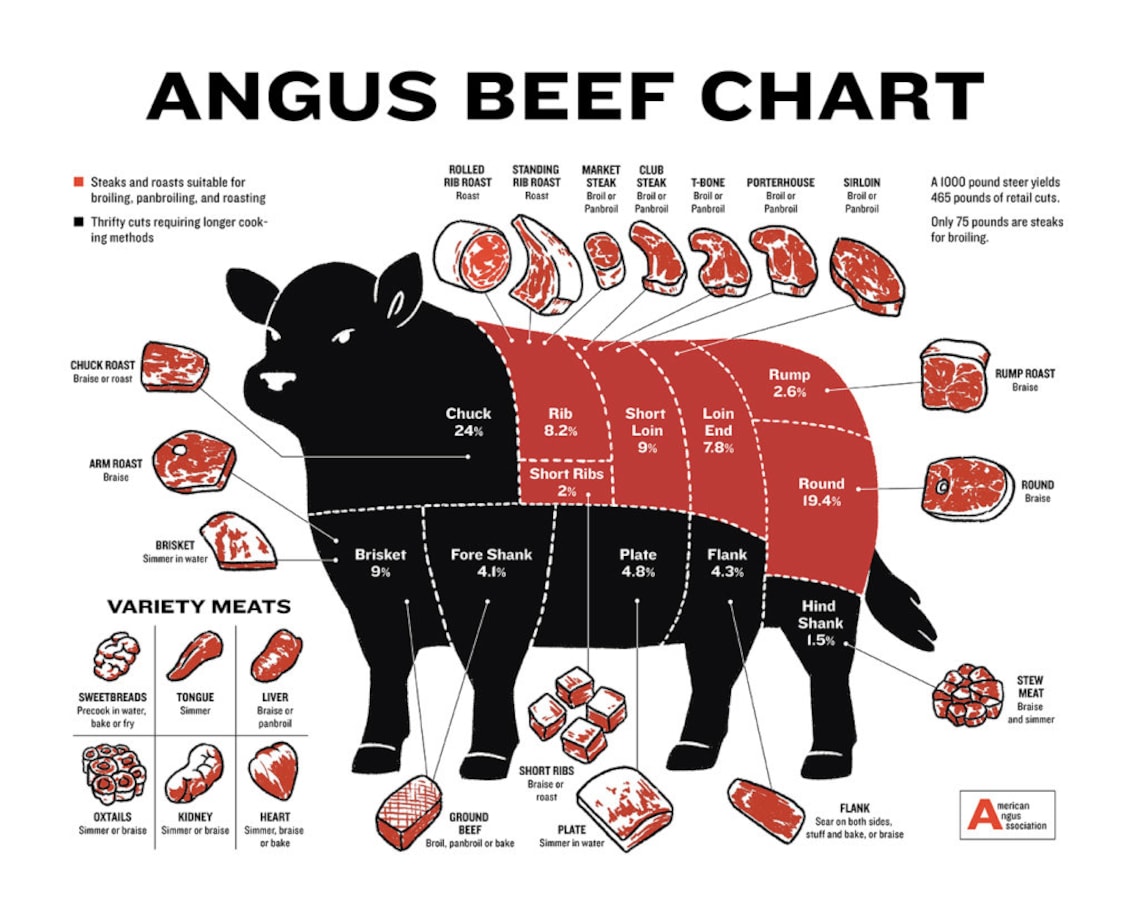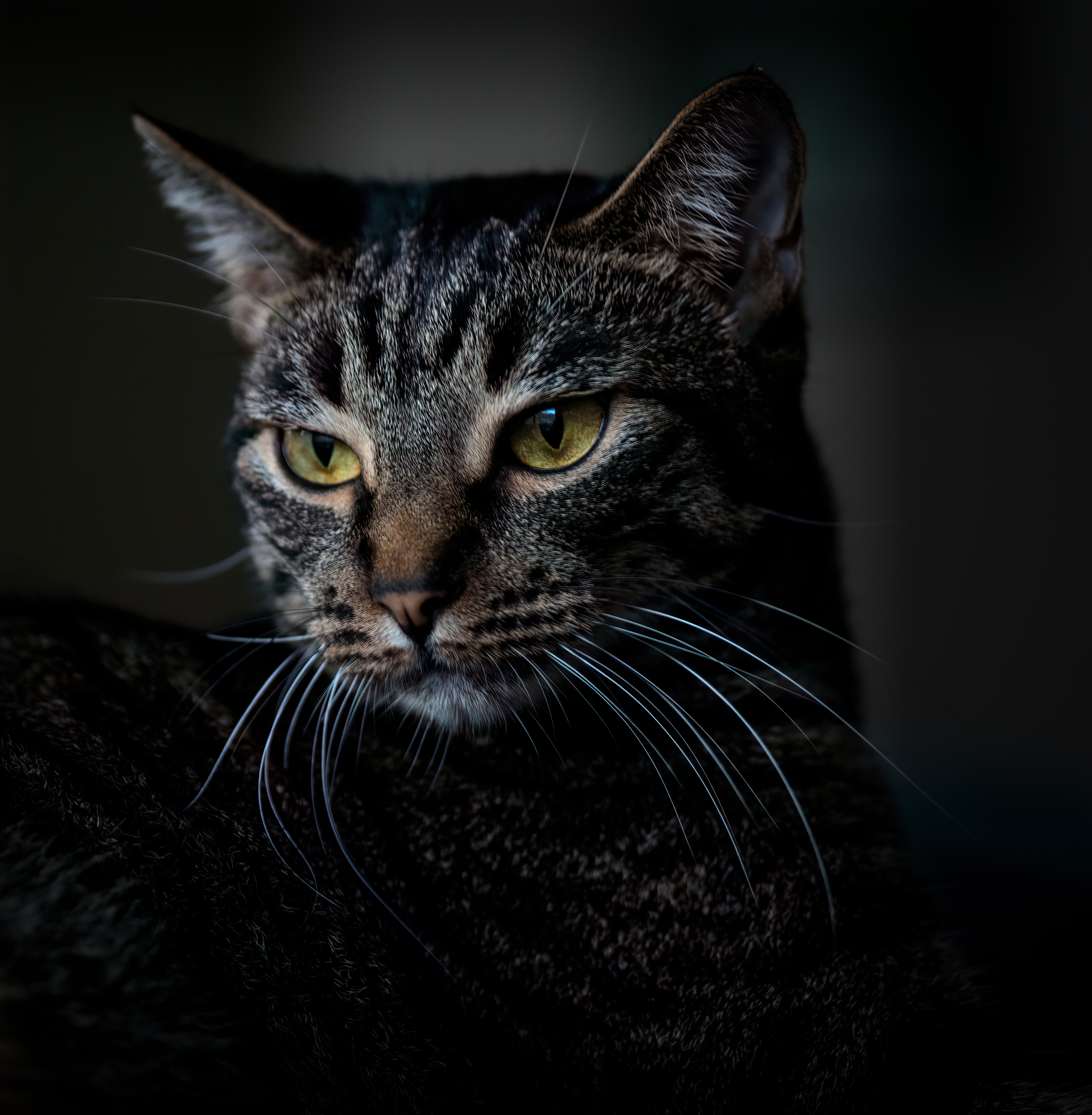A portraitist sees flesh quantitatively, like a butcher.

In the course of professionally seeing flesh the artist may come to know desire, but his job is to look past what he knows to what he only sees: flesh’s light and color and shape. Because he has starved his senses in the brutal slimming salon of formalism, we customers of his ordeal have been enabled to look at the formal result and say things like, “She looks like she’s alive.” Working the artist’s diet in reverse, we who behold the art have purchased the sensation of flesh rewarmed under a heat lamp.
Back then, back there in the kitchen, the artist worked at a first remove from the space outside, manipulating not a bodily sense of things plein-air but an abstract model of sight made of stone or paint or pixels. In the same way, a historian works at a first remove from time. He works not with event and perception as they occur but in the afterthought of event and perception that’s called retrospect. The artist defamilarizes the spatial, making the appearance of the hitherto real seem different and then replacing it with a counter-reality. The historian defamiliarizes the temporal, replacing the mind’s external sense of is with was and then with a purely mental construct, because. With the advent of because, a newly living past kills a newly dead present. What happened is replaced by an idea of what happened.
So consider this body under two aspects in sequence: first as seen absolutely and without the mediation of thought (by, for instance, an artist) and then, in retrospect, as a relation between words (by, for instance, a historian of words.)
First the perception: a body seen. This is a prehistory.
Second, the perception’s translation into words. A general title for such words might be histoire: a French term that means both “history” and “story.” Of all possible histoires, here’s one.

You can read it with your Larousse.

As the word-seeds blow, a matinee metaphor in the present will be seen to have sown an image in the past. Now, with the reading of the metaphor’s words, the curtain before the image rises and an idol begins presiding over its altar. Now is now happily ever after. The image has become a god to be believed in. “He looks like he could be in a movie,” the customers think — and if the artwork has been powerful enough, could be is replaced in their minds by ought to be or even in my bed last night, in a dream, was. A faithful belief in a reality has come into being, even if the stone body newly fallen on the dreaming customer’s pillow doesn’t happen to be warm to the touch.
Tickets here:
